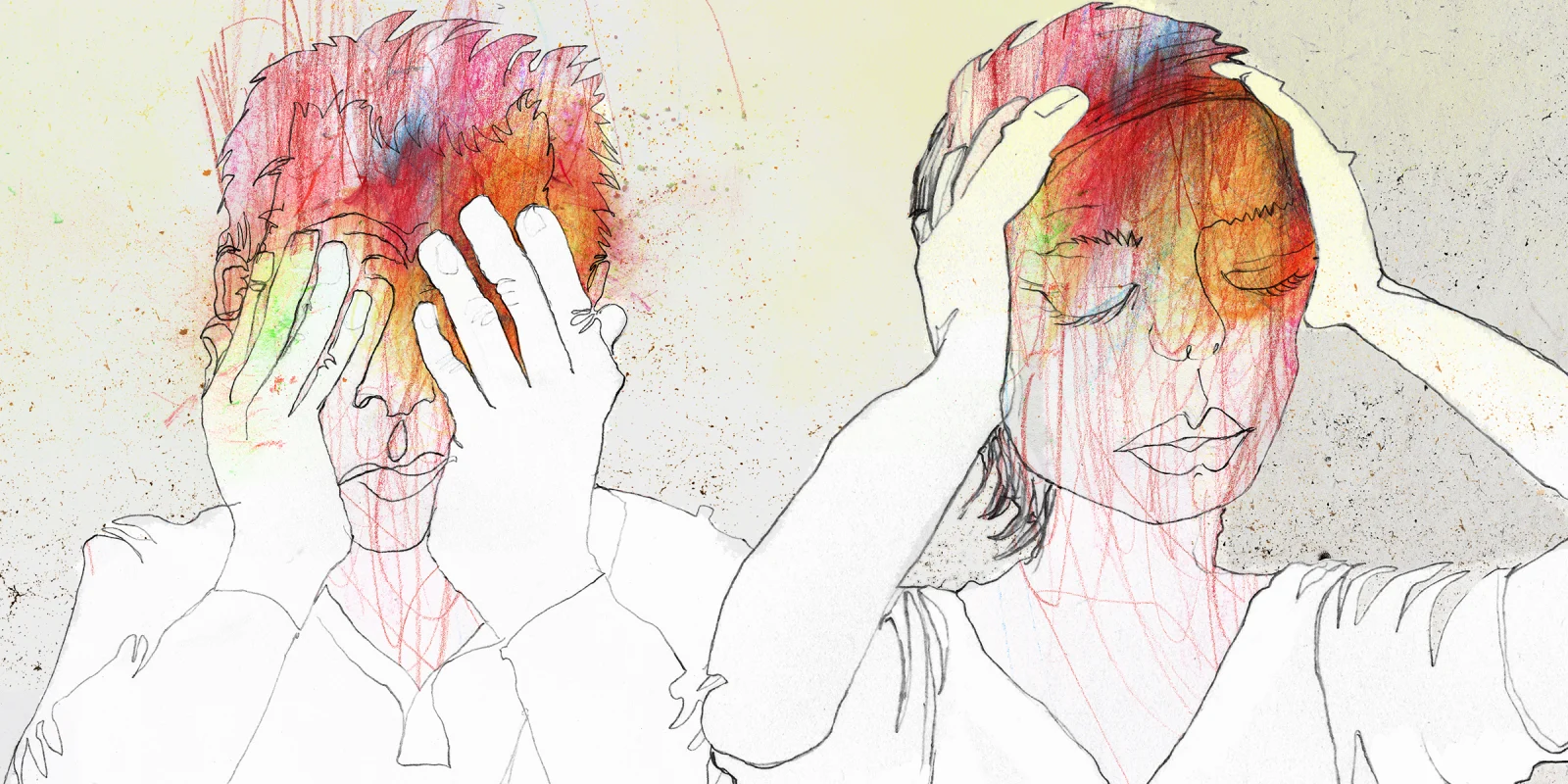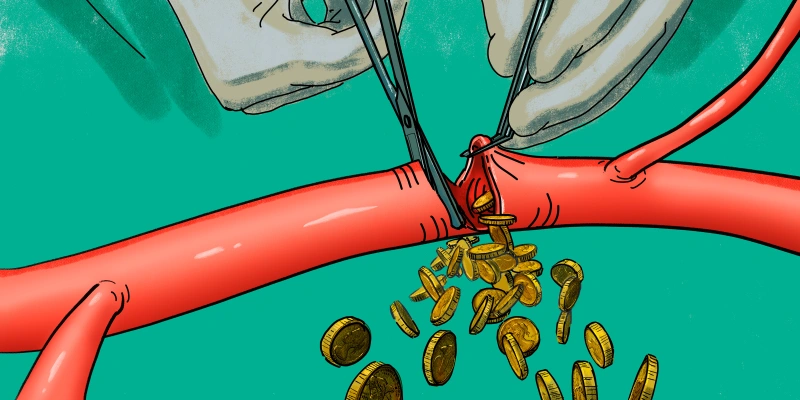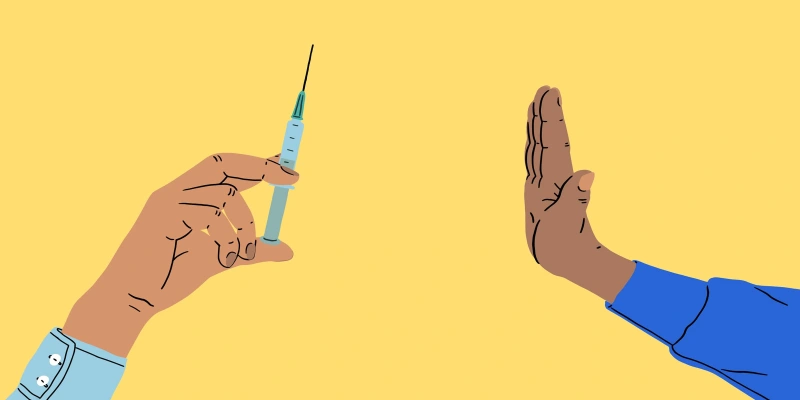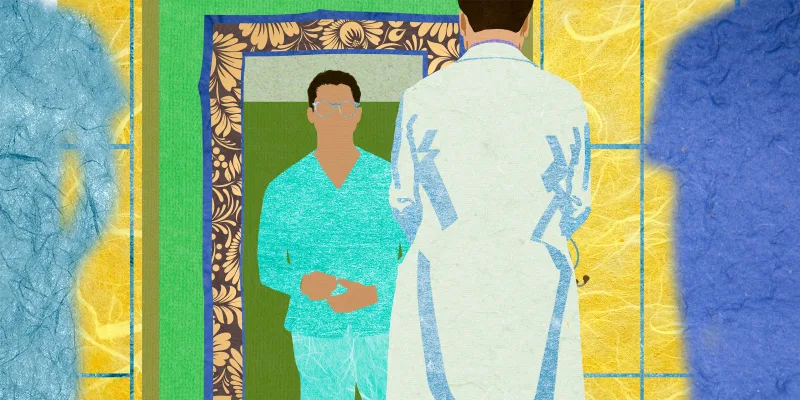The American Headache Society held its 63rd annual scientific meeting virtually in June 2021. Among the variety of latest science presented was a session devoted to how gender and sex can influence the brain and how it may process headache pain. This session was one of my favorites of the meeting. While we still have much to learn about the impact of gender and sex on headache, this plenary was one of the first opportunities our headache society has had to share what has been studied on this topic and begin a dialogue on where future studies need to go in order to make a real impact on this field.
The plenary started with a review of basic science research of sex differences in animal models as it pertains to pain and headache, presented by Dr. Greg Dussor from the University of Texas at Dallas. Some interesting highlights from Dr. Dussor’s session were that male and female mice respond to lowered calcitonin gene-related peptide levels, but female mice did not respond to changes in pituitary adenylate-cyclase-activating polypeptide (PACAP) levels. As PACAP is a protein under current investigation as a migraine preventive target, it is unclear if this kind of finding can have relevance to clinical trials on humans. Another interesting finding from Dr. Dussor’s lab was that female mice have changes in headache with a change in prolactin level but the same does not apply to male mice. This brought on an interesting discussion on whether prolactin should be further investigated and the potential role it may play in headache.
The second talk in the session was given by Dr. Nasim Maleki from Harvard Medical School. Her discussion focused on gender and sex differences in human neuroimaging studies as it pertains to pain and headache. There is little evidence that examines how gender and sex play a role on differences in imaging studies in those with pain disorders and much work needs to be done in this area. One interesting discussion point was that girls who had menarche earlier had a higher risk of migraine. Imaging studies have not investigated the role of gender change or hormone therapy on the human brain with migraine.
The final discussion in the session was by Dr. Anna Pace. Dr. Pace runs the transgender headache clinic at Icahn School of medicine at Mount Sinai. Dr. Pace discussed headache in the transgender patient, including how transitioning can affect the risk of headache disorders and impact treatment. Dr. Pace offered many insights on treatment from her clinic and her discussion pulled together the limited research available on gender and the clinical practice of headache medicine.
The three talks sparked much conversation amongst attendees with the hope that this would not be the final discussion of its kind. The plenary session highlighted future areas of research and left many attendees hopeful of how science could impact clinical care.
Dr. Jessica Ailani has received grants from American Migraine Foundation, Abbvie, Biohaven, Eli Lilly, Satsuma, and Zosano. She has also received consulting fees from Abbvie, Axsome, Amgen, GlaxoSmithKline, Lundbeck, Teva, Satsuma, Impel, Eli Lilly, Biohaven, Theranica, and Nesos. Dr. Ailani has received payment for lectures from Abbvie, Biohaven, Eli Lilly, Teva, Lundbeck, and Amgen.







